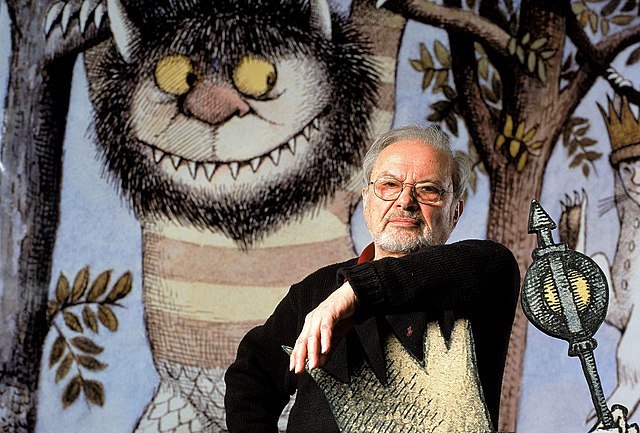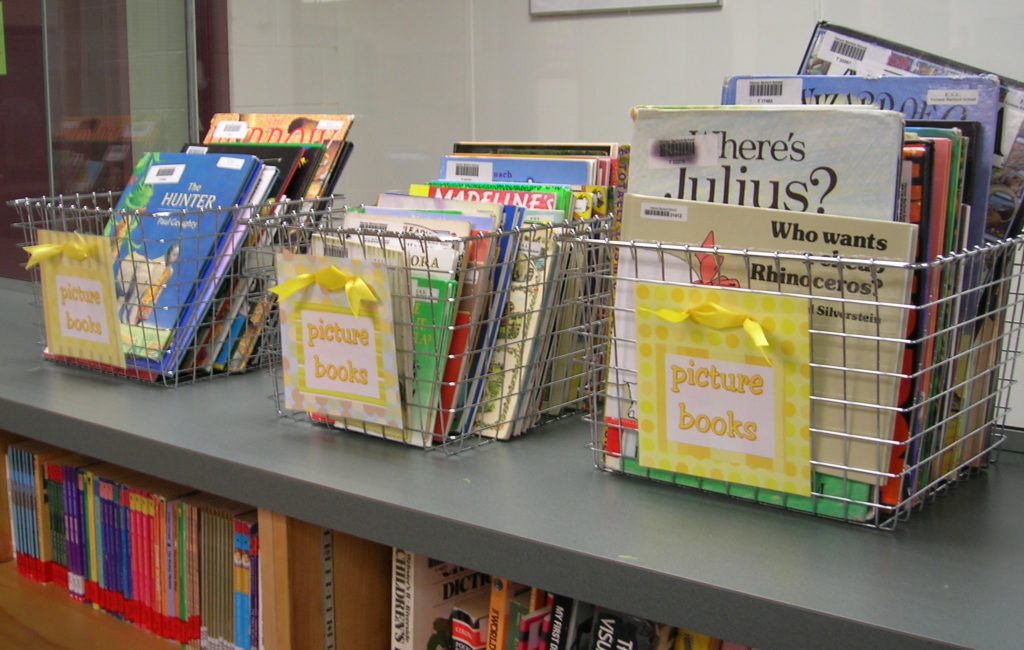A Homage to Illustrators that have Ignited our Imaginations
Written by Amy Holzworth, Children’s Services Librarian at Council Tree Library
I used to re-write thank you notes and emails to my lovely Aunt Millie who was an English professor for fear of thin sentence structure, grammar mistakes, and remedial style. She likely didn’t care, but I love that she likely DID and MAYBE, as a master wordsmith, registered the mistakes by the sheer routine of her work anyway.
Perhaps I should re-write that sentence…😉.
Rewriting
Many authors have commented about their writing process, and more importantly, about the art of re-writing. In the article, “My Pencils Outlast Their Erasers’: Great Writers on the Art of Revision,” by Emily Temple (The Atlantic, January 14, 2013) some beloved authors said:
- “If you want to be a writer, you must do two things above all others: read a lot and write a lot.” (From a National Public Radio interview and an excerpt from Stephen King’s On Writing).
- “If it sounds like writing, I rewrite it.” —Elmore Leonard, Newsweek, 1985
- “I have rewritten—often several times—every word I have ever published. My pencils outlast their erasers.” —Vladimir Nabokov, Speak, Memory, 1966
- “Substitute ‘damn’ every time you’re inclined to write ‘very;’ your editor will delete it and the writing will be just as it should be.” —Mark Twain
- “I rewrote the ending of Farewell to Arms, the last page of it, 39 times before I was satisfied.” – Ernest Hemingway, The Paris Review Interview, 1956.
Re-Illustrating
So what about illustrators? And more pointedly – children’s picture book illustrators. What about the drawing and re-drawing, painting and re-painting, smudges and workovers, erasing, or enhancing, or even scratch workings of illustrators?
November came and went, but it was Picture Book Month. I really think Picture Book Month is actually Picture Book Year – all year, every year.

Mark Twain said writers should get to the point so here’s the point – I am forever changed and a better Children’s Librarian for you because of reading (and buying) Show me a story! : why picture books matter : conversations with 21 of the world’s most celebrated illustrators compiled and edited by Leonard S. Marcus. What is the pigeon thinking on this cover?
Reading this gem of a book, I imagined myself sitting in the interviews designed by Leonard S. Marcus, one of the world’s leading writers and historians on children’s books and their illustrations.
Marcus also teaches children’s literature and child development at New York University. I believe he had unprecedented access to these masters and garnered both sad and humorous, but always marvelous insight from the mind and hands of artists who inspire us all, at any age.
Marcus says, “Our favorite picture books speak to us at the start of life and continue to speak to us for the rest of our lives. I find that an amazing achievement.” Most of these artists came through tremendous odds of different variations but loved life and sharing it with children.
A Preview into the Minds of Our Great Illustrators
Here are just a few questions and answers from these captains of children’s imagination drawn from Show me a story! : why picture books matter : conversations with 21 of the world’s most celebrated illustrators:
Ashley Bryan (July 13, 1923 – )
Author and Illustrator of Beautiful Blackbird, Let it Shine, and many more beloved books.

Q: Did your parents encourage you?
A: I was very fortunate in that it never occurred to them that I would not go on doing what I loved to do. The point my parents always made was that if you are doing something creative and constructive, there is no reason not to continue.
Eric Carle (June 25, 1939 – May 23, 2021)
Author and Illustrator of The Very Hungry Caterpillar, Brown Bear, Brown Bear, What Do You See? and many more.

Q: You have also talked about wanting to make books that are also toys. (Think holes in pages and various widths of pages).
A: …up to a point a child is more tactile than verbal: holding hands, holding his or her bottle or rattle, and being held is what matters to them at first….So I thought there should be something between the warmth of being held and of holding a toy.
Jerry Pinkney (December 22, 1939 – October 20, 2021)
Illustrator of The Lion and the Mouse and author and illustrator of The Little Red Hen in addition to many more.

Q: Would you agree that African-American children’s books have now entered the mainstream?
A: Yes, I would. …..I would love to see us get to the point where we no longer need to have a “multicultural” section in stores and libraries. It would be a great leap if artists such as myself could be talked about more not only in relation to our subject but simply in terms of our work as artists and storytellers.
Vera B. Williams (January 28, 1927 – October 16, 2015)
Author and Illustrator of A Chair for My Mother, Cherries and cherry pits and many more.

Q: Did the public library play a part in your childhood?
A: Oh, yes. We went to the New York Public Library’s Tremont Branch in the Bronx. That’s where I signed up. They gave you a pen and you had to dip it in ink and show that you could write your name on the blue line in a big ledger. You also had to show you could read by reading out loud a statement saying you agreed to take good care of the books. It all felt very grand.
Maurice Sendak (June 10, 1928 – May 8, 2012)
Author and illustrator of Where the Wild Things Are, In the Night Kitchen and other revered classics.

Q: Hasn’t most of children’s literature been based on the premise that kids can somehow be protected from the harsher realities?
A: Yes, but that runs counter to what I firmly believe, which is that children do know what’s going on.
Lois Ehlert (November 9, 1934 – May 25, 2021)
Illustrator of Chicka Chicka Boom Boom, and author/illustrator of Leaf Man among many others.

Q: What is your earliest memory of making art?
A: I made a potholder for my mother that she happened to save. I found it later and I have it now. You can see a picture of it in my book Hands (1997)….. Now when I make art for a book, I try to make it in such a way that some kids, seeing it, will say, “Well, I could do that.”
Mo Willems (1968- )
Author and illustrator of Leonardo the Terrible Monster, The Pigeon Finds a Hot Dog, and many others.

Q: How do you think about the writing in your books – the role it plays in relation to the pictures?
A: For a story’s text to work, it needs to be incomprehensible. Otherwise, you wouldn’t need the pictures. My job is to let the audience figure out what’s going on by themselves. So, in Leonardo, I didn’t say the monster was small. I created a situation (large books, lots of empty space surrounding a small drawing) where kids feel the smallness on their own.
Thank you for reading and I offer a handmade thank you note from me to you – Amy


